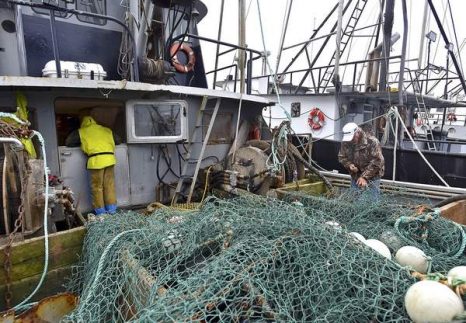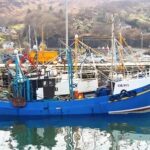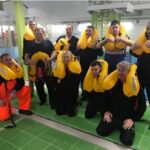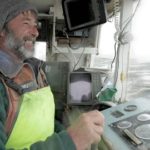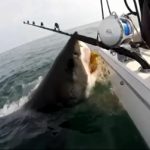Tag Archives: John Corbin
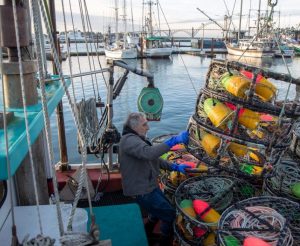
Crabbers to sail into storm
Fishermen face high seas and uncertain prices as they set out Friday, Jan. 4, for the opening day of Dungeness crab season. “The weather’s been terrible but we hope to be processing by Friday night,” reported John Moody, manager of Pacific Seafood Group’s plant in Newport. A score of vessels left port under sunny skies Tuesday to drop pots for the “pre-soak,” enabling fishermen to land crab at the opening bell. But 50-55 mph gusts and 20-foot swells that were predicted to arrive Thursday night could mean further holdups for some boats. >click to read<10:15
John Corbin, commercial fisherman and crabber, describes the challenges of the business
 Delivering tasty crustaceans to crab lovers has been John Corbin’s life work. He’s been involved with fishing one way or another since he was a high school student in Astoria. In 1989, he and three friends started a commercial fishing business—Buck & Ann Fisheries—with crab as one of its main pursuits. Although Corbin spends most of his time in an office these days, he describes the typical scene on a crab boat. When the season starts in December or January, a boat drops 900 wire mesh crab pots throughout the ocean. Each is marked with a buoy and tracked by GPS. “In the beginning of the season, we just kind of throw them out in different places,” he said. “You have your favorite spots, spots where you did well last year or think you might do well this year. Then, as you start picking them up, you find you’re totally wrong. You move to where you’re doing well, or you just go to another beach somewhere and lay them out.” Read the story here 16:01
Delivering tasty crustaceans to crab lovers has been John Corbin’s life work. He’s been involved with fishing one way or another since he was a high school student in Astoria. In 1989, he and three friends started a commercial fishing business—Buck & Ann Fisheries—with crab as one of its main pursuits. Although Corbin spends most of his time in an office these days, he describes the typical scene on a crab boat. When the season starts in December or January, a boat drops 900 wire mesh crab pots throughout the ocean. Each is marked with a buoy and tracked by GPS. “In the beginning of the season, we just kind of throw them out in different places,” he said. “You have your favorite spots, spots where you did well last year or think you might do well this year. Then, as you start picking them up, you find you’re totally wrong. You move to where you’re doing well, or you just go to another beach somewhere and lay them out.” Read the story here 16:01






